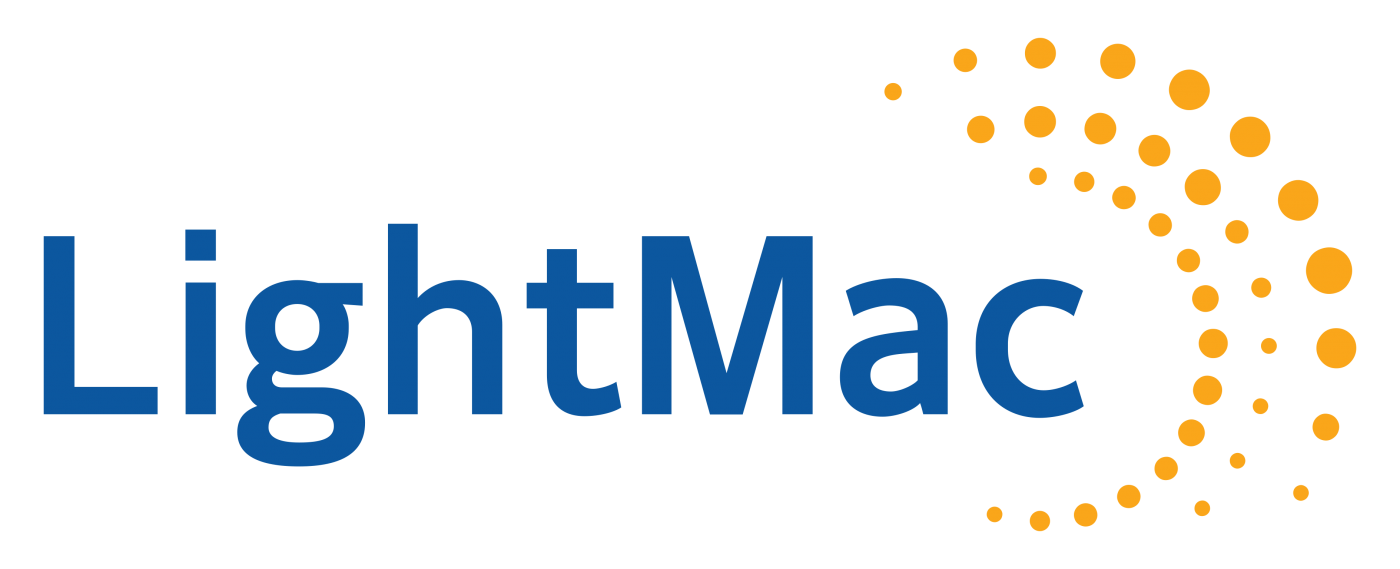
The IASB can be thought of as a very influential group of people who are involved in debating and making up accounting rules. However, a lot of people actually do listen to what the IASB has to say on matters of accounting. IFRS is a principle of the standard-based approach and is used internationally, while GAAP is a rule-based system compiled in the U.S. No, all of our programs are 100 percent online, and available to participants regardless of their location. Three methods that companies use to value inventory are FIFO, LIFO, and weighted inventory.
US GAAP vs. IFRS: What is the Difference?
The IFRS, on the other hand, stands for International Financial Reporting Standards. IFRS is dictated by the International Accounting Standards Board (IASB) and followed by many countries outside the US. Nevertheless, deciding which set of standards to use when making financial reports like the income statement would depend on whether the company operates in the US or internationally. China, India, https://www.bookstime.com/ and Indonesia have national accounting standards that are similar to IFRS, while Japan allows companies to follow the standards voluntarily. In the United States, foreign listed companies may use IFRS and are no longer required to reconcile their financial statements with GAAP. GAAP addresses such things as revenue recognition, balance sheet, item classification, and outstanding share measurements.
GAAP vs. IFRS: What’s the Difference?

When an asset experiences a reduction in value due to market or technological factors—which in turn, causes it to fall below its current value in a company’s account—it’s classified as a loss on impairment. While impairment is often permanent, an asset’s value can increase after this loss has been recognized if the elements that caused it no longer exist. Deciding which set of standards to use depends on whether your company operates in the US or internationally. Work is being done to converge GAAP and IFRS, but the process has been slow going.
Table showing the differences between IFRS vs GAAP income statement

In the 21st century a successful company is one that adapts rapidly to innovation and change. Technological advances have had an enormous impact on businesses and their customers in recent years, with the shift to cloud computing and the growing capabilities gaap vs ifrs income statement of artificial intelligence opening vast new opportunities for commerce. Although the majority of the world uses IFRS standards, it is not part of the financial world in the U.S. The IASB does not set GAAP, nor does it have any legal authority over GAAP.

Everything You Need To Master Financial Modeling
With regards to how revenue is recognized, IFRS is more general, as compared to GAAP. The latter starts by determining whether revenue has been realized or earned, and it has specific rules on how revenue is recognized across multiple industries. Under IFRS, the last-in, first-out (LIFO) method for accounting for inventory costs is not allowed.
- Both systems allow for the first-in, first-out method (FIFO) and the weighted average-cost method.
- Defined as short-term, highly liquid investments that are readily convertible to known amounts of cash and that are subject to an insignificant risk of changes in value.
- This means that it’s not possible for instance, to present amortization and depreciation in separate line items in a presentation by function.
- IFRS rules ban the use of last-in, first-out (LIFO) inventory accounting methods.
- How a company reports these figures will have a large impact on the figures that appear in financial statements and regulatory filings.
- So when we talk about a change in accounting principle, this could be where we’re changing from, say, the weighted average method for accounting for inventory, and we’re changing to the FIFO method.
Investors and financial analysts must be sure they understand which set of standards a company is using, and how its bottom line or financial ratios will change if the accounting system were different. Systems of accounting, or accounting standards, are guidelines and regulations issued by governing bodies. They dictate how a company records its finances, how it presents its financial statements, and how it accounts for things such as inventories, depreciation, and amortization. IFRS is principles-based and may require lengthy disclosures in order to properly explain financial statements. It is the established system in the European Union (EU) and many Asian and South American countries. However, any company that does a large amount of international business may need to use IFRS reporting on its financial disclosures in addition to GAAP.
Biological Assets
- The Indirect Method starts with Net Income, makes non-cash adjustments, and lists the changes in Working Capital in the Cash Flow from Operations section.
- These standards, as set by each particular country’s accounting standards board, will in turn influence what becomes GAAP for each particular country.
- This roadmap provides a comparison of IFRS and US GAAP—two of the most widely used accounting standards in the world—and the most significant ways they diverge.
- The following are key disclosure differences between IFRS Accounting Standards and US GAAP.
- Unlike IFRS, US GAAP has no requirement for expenses to be classified according to their nature or function.
At the same time, companies are coming to terms with increased global uncertainty – for example, from geopolitical events, natural disasters, climate effects and inflationary pressures. On the contrary, IFRS sets forth principles that companies should follow and interpret to the best of their judgment. Companies enjoy some leeway to make different interpretations of the same situation. The IFRS Foundation works with more than a dozen consultative bodies, representing the many different stakeholder groups that are impacted by financial reporting. We also allow you to split your payment across 2 separate credit card transactions or send a payment link email to another person on your behalf. If splitting your payment into 2 transactions, a minimum payment of $350 is required for the first transaction.
- However, it also covers areas that are disclosure-based, such as segment reporting and the assessment of going concern.
- Under the GAAP guidance, vendor-specific objective evidence (VSOE) of fair value should be used to find out the estimated selling price of software whereas, under IFRS guidelines, no such rules are present.
- The IFRS allows for judgment when determining what to present and how to present it, rather than prescribing a format or specifying all the possible items.
- When expenses are presented by function they are allocated to, for example, cost of sales, selling or administrative activities.
- This determination, however, should be based on which approach is most relevant and reliable and usually depends on the company; that is the industry in which the company operates and its users’ needs.
- Under a single-step format, the classification of all expenses on the income statement is done by functions, and then those functions are deducted from the total income in order to derive income before tax.
Because of its importance, its format is often debated and scrutinized by preparers, users, regulators, standard setters and others. The IFRS presentation guidelines for annual financial statements are generally less prescriptive than SEC regulation, but may still surprise US private companies. IFRS preparers have some flexibility in selecting their income statement format and which line items, headings and subtotals are to be presented on the face of the statement. In this article we highlight key considerations affecting preparers when choosing the structure, format and contents of the income statement and other presentation matters. Hence, many companies disclose operating profit or results from operating activities as a subtotal before profit or loss in the income statement.


